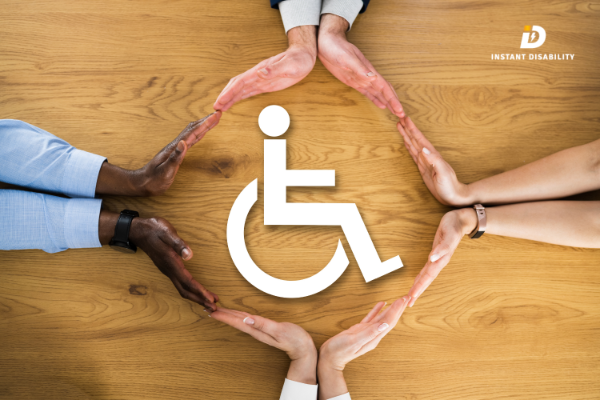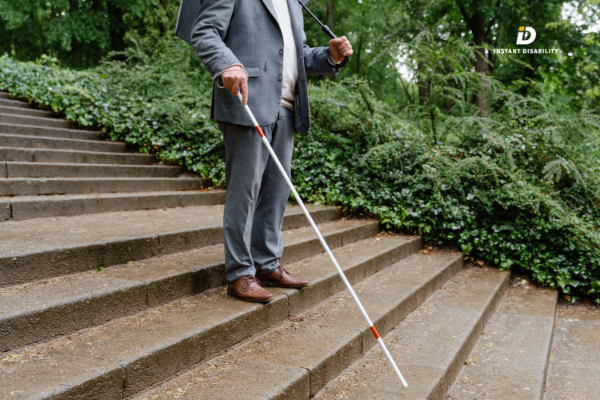
For many individuals, the ability to earn an income is their most valuable asset. However, life is unpredictable, and unexpected disabilities can disrupt your financial stability. That’s where principal disability insurance comes into play. In this blog, we’ll explore what principal disability insurance is, what lines of coverage it offers, who typically owns such policies, how it works, and the benefits it provides.
What is Principal Disability Insurance?
Principal disability insurance, often referred to as disability income insurance, is a type of coverage designed to replace a portion of your income if you become disabled and are unable to work. It is a crucial tool to protect your financial well-being in the event that a disability leaves you unable to earn an income.
What are the Principal Lines of Coverage?
Principal disability insurance typically offers two primary lines of coverage:
Total Disability Coverage: This coverage pays benefits if you become totally disabled, which means you are unable to perform the material and substantial duties of your occupation. Total disability coverage provides financial support when you cannot work at all.
Partial Disability Coverage: If you experience a partial disability that affects your ability to perform your job but doesn’t render you completely unable to work, this coverage comes into play. It provides a portion of your income to compensate for the reduction in earnings due to the partial disability.
Who Owns Principal Disability Insurance?
Principal disability insurance policies are typically owned by individuals, whether they are self-employed or employed by a company. Many employers also offer disability insurance as a part of their employee benefits package. In such cases, the policy may be owned by the employer, but it provides coverage to the employees.
How Does It Work?
Policy Purchase: To obtain principal disability insurance, you need to purchase a policy. Premiums are typically paid on a regular basis, such as monthly or annually, in exchange for the coverage.
Coverage Terms: When you purchase the policy, you will specify the terms of coverage, including the elimination period (the waiting period before benefits begin), the benefit period (how long benefits will be paid), and the benefit amount (the percentage of your income that will be replaced).
Disability Occurs: If you become disabled and meet the policy’s definition of total or partial disability, you can initiate a claim with the insurance company. This usually involves providing medical documentation and other necessary information to support your claim.
Benefits Payments: After a successful claim. The insurance company will begin to pay out benefits. These benefits are generally paid as a monthly income, and the amount is determined by the terms of your policy. The insurance company will continue to provide benefits until the end of the benefit period or until you are no longer considered disabled.
Benefits of Principal Disability Insurance
Income Protection: The primary benefit of principal disability insurance is the protection it provides for your income. If you become disabled and can’t work, this coverage ensures that you continue to receive a portion of your income, enabling you to meet your financial obligations and maintain your standard of living.
Financial Security: Principal disability insurance offers peace of mind by safeguarding your financial stability. You won’t have to worry about covering your basic expenses when you’re unable to work due to a disability.
Customizable Policies: Policies can be tailored to your individual needs. You can choose the elimination period, benefit period, and benefit amount that best align with your financial situation.
Independent Coverage: Unlike employer-sponsored disability insurance, which may be lost if you change jobs, principal disability insurance is portable. You can maintain your coverage even if you switch employers or become self-employed.
Tax Benefits: In some cases, the benefits received from principal disability insurance may be tax-free, offering an additional financial advantage.
Final Words
Principal disability insurance is a vital tool for protecting your income and financial security in the face of unexpected disabilities. By providing you with a reliable source of income during periods of disability, it ensures you can continue to meet your financial obligations and maintain your quality of life. Before purchasing a policy, it’s advisable to consult with an insurance professional who can help you select the right coverage options to suit your specific needs and budget.























